How to winterize strawberry plants
Learn how to overwinter strawberries with this handy guide

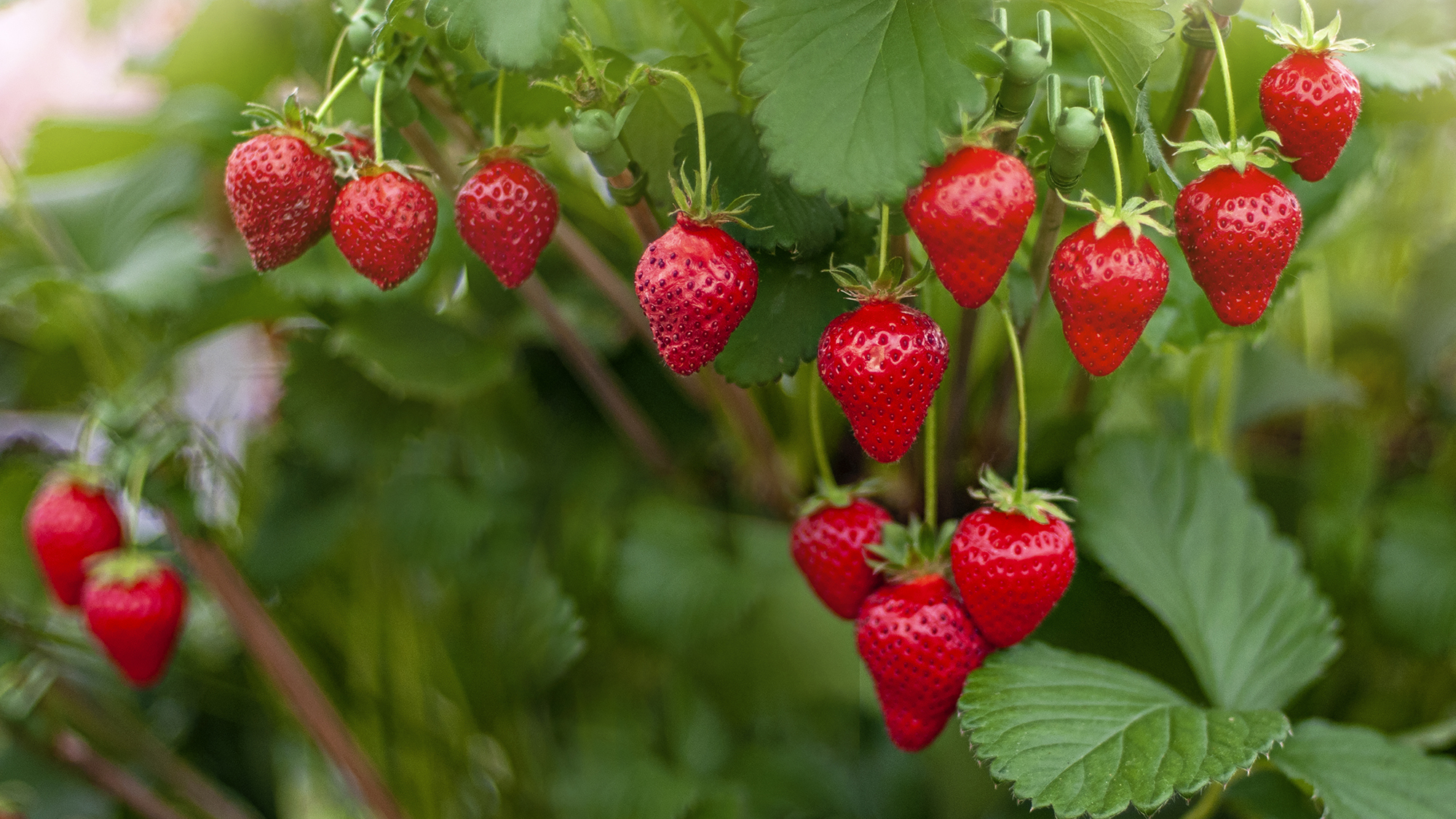
Are you wondering how to winterize strawberry plants? Whether you grow them in containers, a raised bed or in the ground, knowing how to care for strawberries over winter is important to ensure they stay alive, healthy and will produce maximum yield the following year; after all, no summer would be complete without fresh strawberries and cream.
Homegrown strawberries, freshly picked and eaten on a warm sunny day, are one of the true joys of summer. They are brilliant garden ideas as they are often much sweeter and tastier than shop-bought varieties. However, to survive from year to year, they will need to be overwintered. Below, we explain how.
How to winterize strawberry plants

Ensuring that caring for your strawberry plants is on your list of winter garden ideas will mean you will have a good crop to enjoy come summer with no need to buy them.
However, before you learn how to winterize strawberry plants, you first need to consider your local climate.
Do strawberries need to be winterized?
If you are investigating how to grow strawberries, and want a low maintenance approach to gardening, it's worth knowing that strawberry plants are hardy in the USDA zones 6+ and in the UK; in these climates strawberry plants can often survive without protection provided they are in a well-drained site, but in places that experience colder temperatures they may need protection. While they are fairly hardy, and require cold temperatures to enter dormancy, strawberry plants will not tolerate hard ground frosts or waterlogged soils.
‘Winter care for strawberries is different depending on where you live. If you live in an area that gets down to temperatures of 15ºF (-10ºC) they need to be covered, this usually applies to zones 3, 4, 5, and northernmost parts of 6,' says Venelin Demitrov, horticulturist at Burpee.
'In southernmost parts of zone 6 and zone 7, where it is likely for the ground to freeze, it is best to cover them but they don’t have to be covered. If you live in a warmer zone, like zones 8 or 9 you do not need to cover them.'
Design expertise in your inbox – from inspiring decorating ideas and beautiful celebrity homes to practical gardening advice and shopping round-ups.

What's the best way to winterize strawberry plants?
If you're planning a winter garden, it's worth knowing that overwintering strawberries isn't complicated. The best way to protect strawberry plants from ground frost is to add a layer of mulch around the base of the plants after they have entered dormancy. This mulch will also help retain moisture as while they do not like waterlogged soils, strawberry plants to like to be kept moist.
‘For mulching, lightweight options like straw are best; cover with 3-4 inches once the ground freezes,’ says Venelin Demitrov, horticulturist at Burpee.
However, strawberry plants do benefit from the cold in order to fruit well and it is essential that any mulching is done after they have entered dormancy.
‘A few light frosts in fall will send strawberry plants into dormancy. In USDA hardiness zones 5 or lower, plants usually enter dormancy by the end of November. In zones 6 and higher, dormancy usually starts in December,’ Amy Enfield, Horticulturist for Bonnie Plants.
In climates with milder winters mulching is not necessary but new flower buds may be protected with from harsh frosts in early spring using horticultural fleece or cloches.
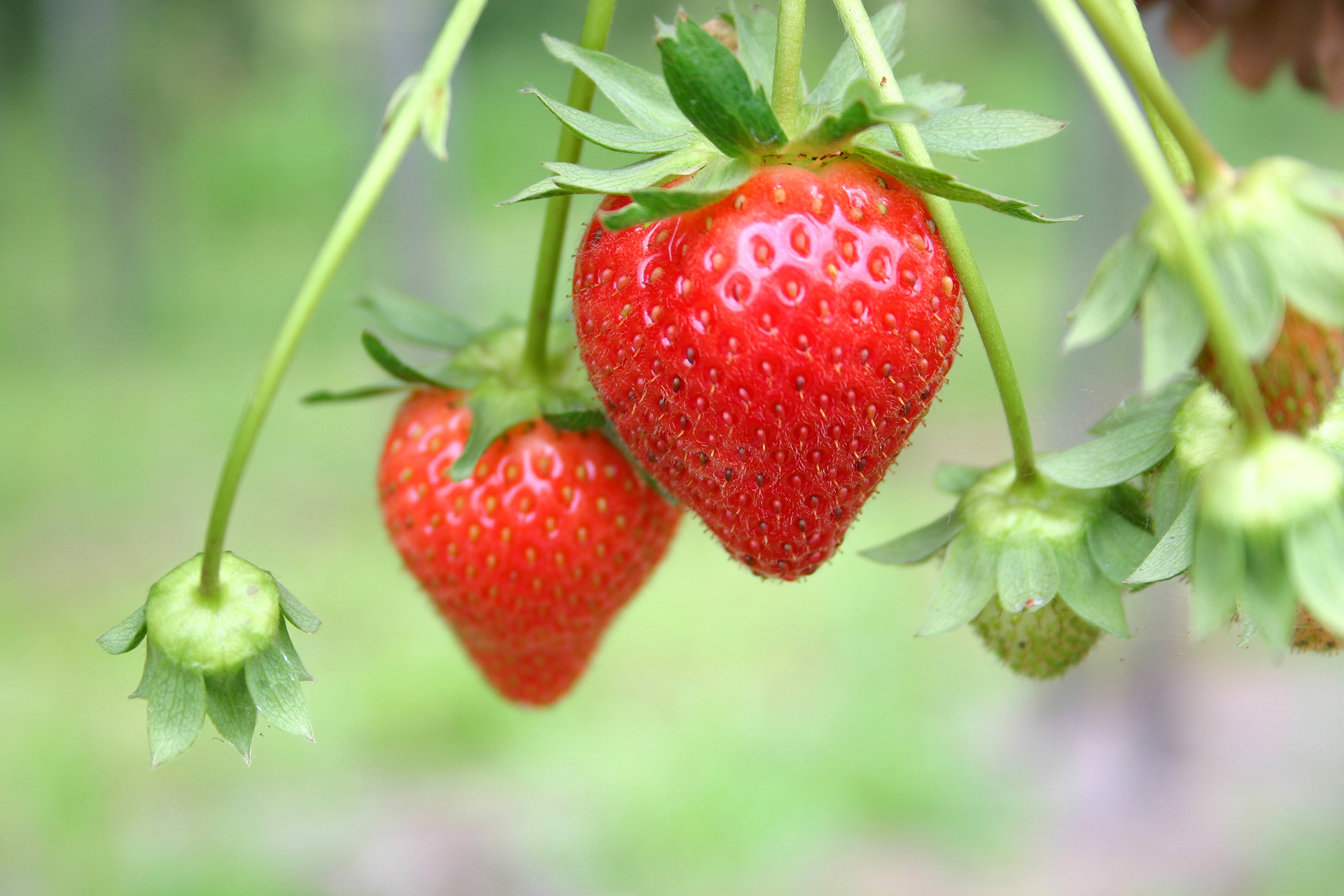
How to prepare strawberries for winter
To overwinter strawberries, whether they need protecting from harsh winters or not, give them some care and attention before winter sets in to ensure they are healthy and ready for fruiting next summer. Preparing summer-fruiting strawberry plants for the next year starts after they have fruited. Here’s a step by step guide.
Cut back after fruiting – After the last summer-fruiting strawberries have been harvested, cut plants back to 3 inches (7.5cm) above the ground to help direct the plant’s energy back into their roots and to create space for new shoots to develop before it goes into dormancy. Remove all dead leaves and trimmings. It is not necessary to cut back autumn-fruiting plants.
Remove summer straw mulch – Strawberries are low lying fruits, so before fruits form in early summer many gardeners surround the bases with straw to protect the fruits from dirt and pests – strawberry mats are also used. However, in areas with mild winters, leaving this straw applied over winter can cause your strawberry bed to become a breeding ground for pests and disease, so this should be removed. In areas with mild winters there is no need to re-apply the mulch, but in climates with harsh winters a fresh mulch can be added – see below.
Feed – Applying a fertilizer after cutting the plants back will help the plants produce new growth before they enter the dormant period. This should be done well before the first frosts, in late summer or early fall, as promoting new growth in winter can lead to tender growth being damaged by frost.
Clear up – Strawberries are susceptible to disease so before winter it is important to clear up any dead leaves from around the plant and be sure to remove and discard any dead plants. It is also best to keep the area around the plants weed-free, too.
Mulch after the first frost – If growing strawberries in areas with harsh winters (as discussed above) a 2-3 inch layer of mulch can be added round the plants to help protect the roots from ground frosts. If your region has really cold winters it may be worth adding a thicker layer.
However, before you apply mulch, It is important to make sure your strawberry plants have entered dormancy.
‘If plants are not hardened off properly, they can continue to actively grow under the mulch and these tender shoots can be easily damaged by any sudden cold weather,’ says Amy Enfield, horticulturist for Bonnie Plants.

What mulch to use to winterize strawberries?
There is debate over what mulch to use to winterize strawberries, but the general consensus is that lightweight mulches of straw or pine needles work best.
‘Choose a material that allows water to drain and air to circulate. Clean straw and pine needles make great winter mulch,’ says Amy Enfield, Horticulturist for Bonnie Plants. ‘Wet, clumpy mulches like leaf mould may promote disease and can form a compressed mat that will suffocate strawberry plants.’
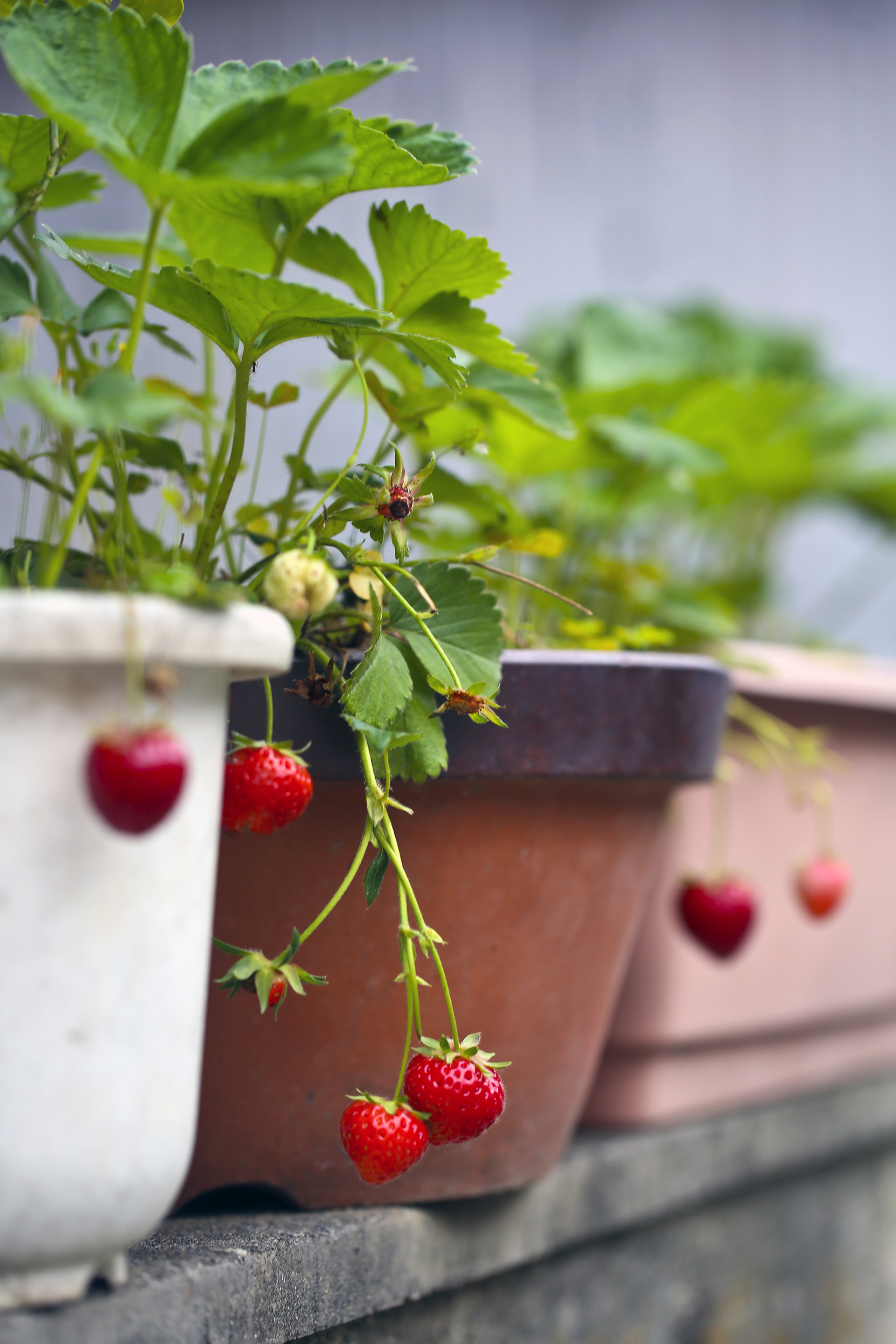
How to winterize strawberry plants in pots
Strawberries can be grown in pots or containers, but as these sit above the ground, they will be more vulnerable to the cold than ground-grown plants and will dry out more quickly. To overwinter strawberries in pots from cold weather, you can try several things.
The pots can be brought indoors to a protected position, covered with mulch or pot covers, or sunken into the ground for winter. As with ground-grown summer-fruiting strawberries, the plants can be cut back after fruiting and cleared of dead leaves and old foliage before winter.
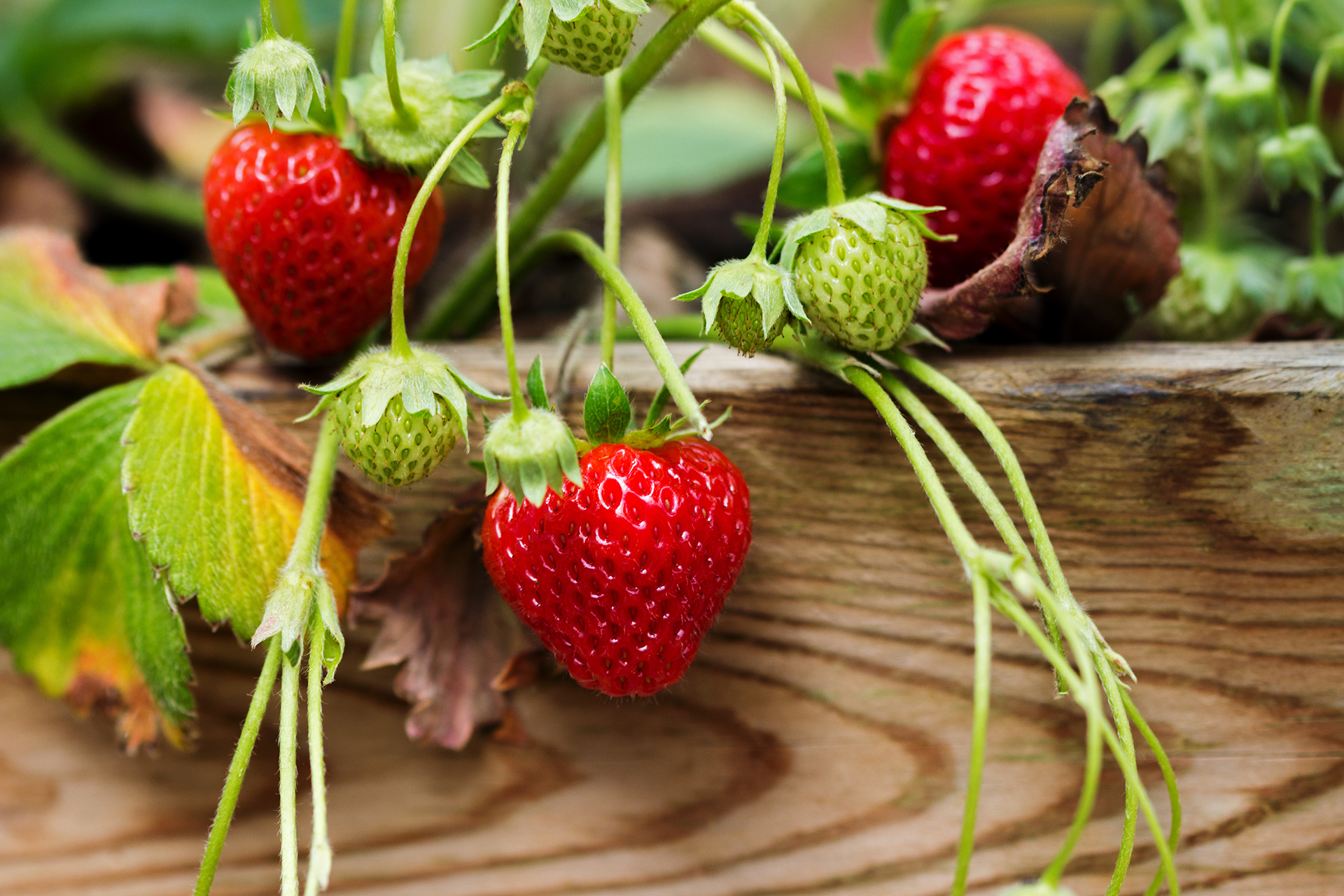
Do strawberry plants need to be cut back?
Summer-fruiting strawberries should be cut back to about 3 inches (7.5cm) above the crown to direct energy into the roots of the plant and to make space for new shoots, but care must be taken not to cut out any new growth. Cutting back is not necessary for autumn-fruiting strawberries but any old or damaged foliage should be removed before winter.
How do you prepare strawberry plants for the spring/summer season?
Once the threat of frosts have passed the winter mulch can be removed from the strawberry plants, but you need to be careful not to remove it too early, explains Emily Barbosa Fernandes, small space gardener from California and a consultant at HouseGrail.
‘Leave the mulch on as long as possible. Removing it too early may cause them to flower too early, causing the flowers to freeze,’ she explains. ‘A good rule of thumb is to remove the mulch when around 25-30% of the plant shows new growth. Once you pull the mulch, fertilize the strawberries with a 10-10-10 fertilizer.’
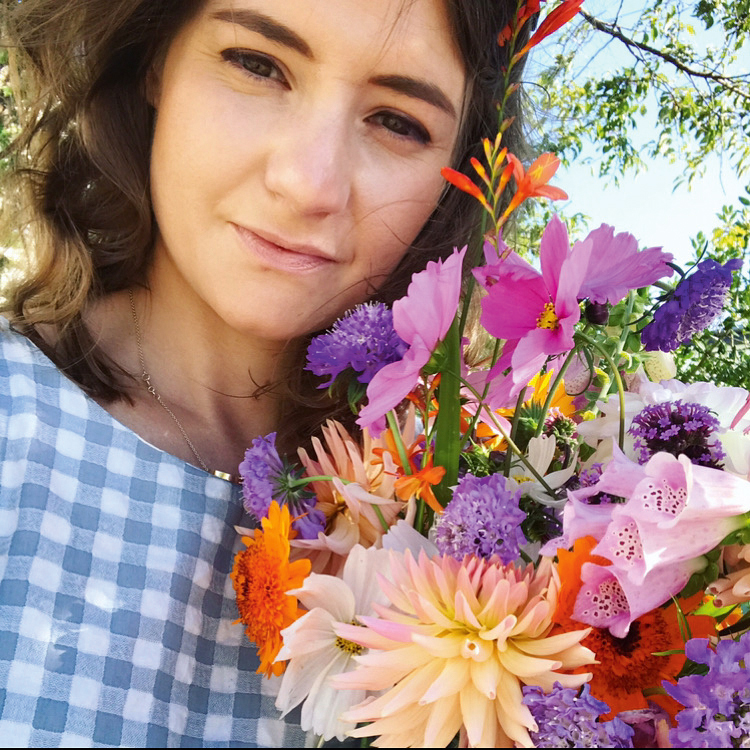
Pippa is a contributor to Homes & Gardens. A graduate of Art History and formerly Style Editor at Period Living, she is passionate about architecture, creating decorating content, interior styling and writing about craft and historic homes. She enjoys searching out beautiful images and the latest trends to share with the Homes & Gardens audience. A keen gardener, when she’s not writing, you’ll find her growing flowers on her yard for styling projects.